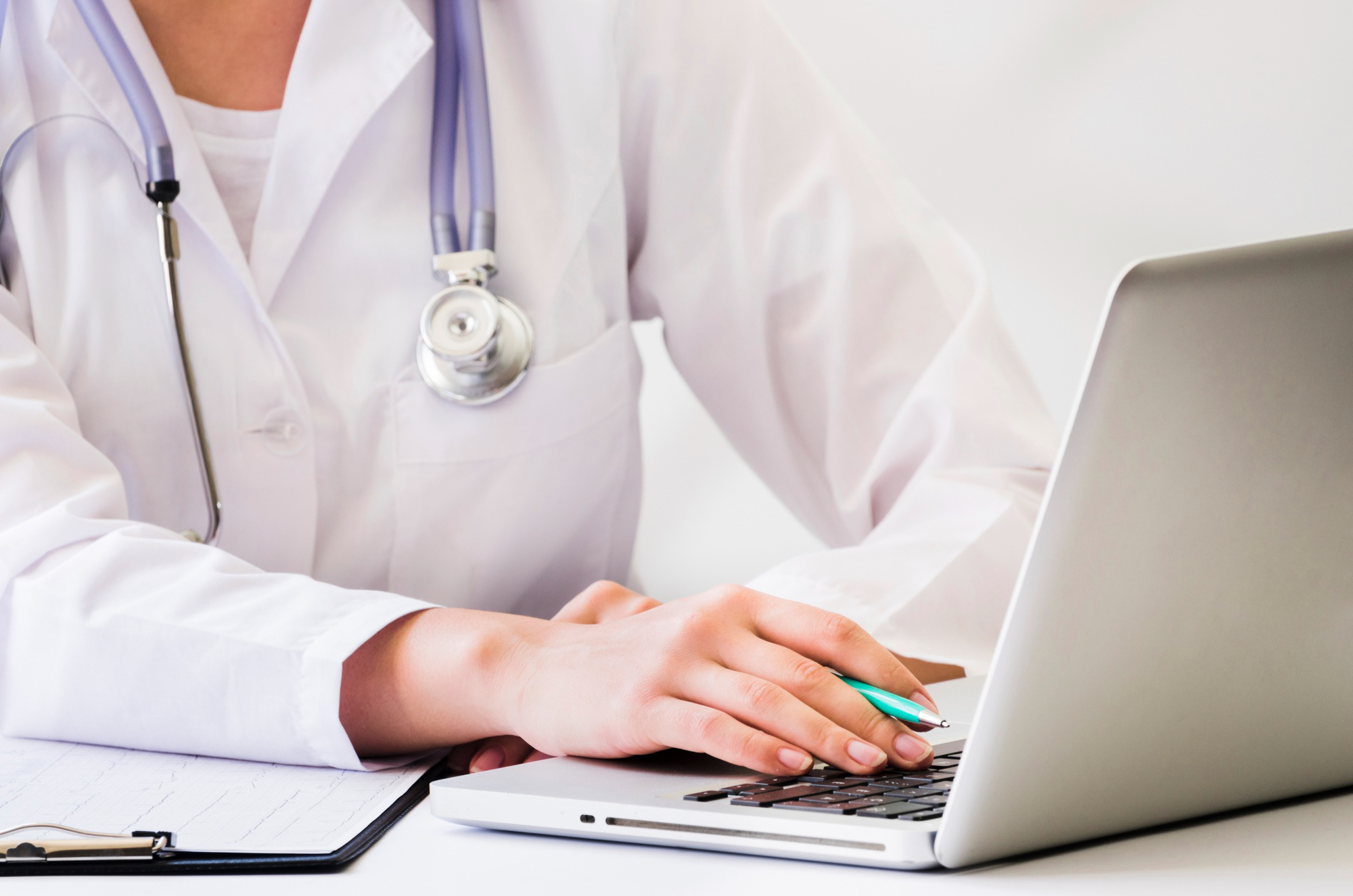
What is EHR?
An Electronic Health Record(EHR) is a digital version of a patient’s paper chart. In other words, EHR can be explained as a collection of various medical records that get generated during any clinical encounter or event.
EHRs are real-time,patient-centered records that make information available instantly and securely to authorized users and explore the history and current use of patient health records.EHRs also make important to individuals’ health and their contribution to the healthcare system.
An EHR is a digital version of a patient’s medical chart which is maintained by the provider over time and includes all the clinical data relevant to that patient’s care under a particular provider.
Steps to optimize EHR workflow:
As we know that EHRs are a vital part of health IT and can contain a patient’s medical history, diagnoses, medications, treatment plans, allergies, laboratory and test results, and immunization dates.
EHRs have deeply changed the practice of medicine and are often recognized as both a blessing and a burden by the clinicians who use them.
Conclusions made in the model, regulation, application, and individual use of the EHR provide its benefits and challenges.
There are some strategies that healthcare delivery organizations can deploy to maximize the benefits and minimize the burdens of EHR use.
1. Situate Leadership and clinician EHR users:
EHR application is most successful when leadership and end users are working together with the same target.
2. Stop doing unnecessary EHR work:
Unwrap and getting rid of any unneeded work is essential. Putting an end to tasks and processes that take away from patient care is important for successful EHR optimization.
3. Optimize hardware and built environment solutions:
Many organizations struggle after executing an EHR because of insufficient investment in hardware or physical workspace optimization.
There are some examples of changes that can improve patient care and workflow and could even save 15-30 minutes per team member per day.
- Implementing flow stations where clinical support team members and physicians are positioned at the same time.
- Establish widescreen monitors.
- Keep networked printers in each and every exam room and develop exam rooms for team authentication and information sharing.
4. Optimize software solutions:
Having certain activities integrated within the EHR can improve workflow and efficiency.
- E-prescribe controlled substances. Hold up physicians e-prescribe controlled substances instead of printing prescriptions, if permitted by state law.
- Capture patient photos to simplify the recognition of the patient and their story upon opening the record. The clerical team can capture the photo at arrival or check-in.
- Use the after-visit review that is given to patients to record patient education. Encourage patients to access their medical records and visit notes.
- Encourage patients to sign up for and use the patient portal because when used successfully, patient portals can reduce workload and increase efficiency for physicians.
5. Optimize teamwork:
It is rarely the safest, most efficient, or best business model that assigns new work created by EHR implementation to the physician. Sharing EHR assignments across an attentive team allows multiple individuals to contribute to the effort and conserve physician resources for work in which they are uniquely trained-medical decision-making and relationship-building.
6. Step away from paper documentation:
Paper processes are becoming outmoded and don’t allow for clean, elegant workflows in healthcare entities.
7. Adopt EHR best practices:
Taking on best practices for managing Electronic Health Records(EHR) can upgrade the work rate, prevent human error, and smooth-running complicated processes.
8. Billing system:
Billing records are a major part of hospital desirability, productivity, and efficiency.EHRs can imprint all the amount while undergoing care.
Importance of EHR in your medical practice:
EHR systems provide a number of remarkable benefits for healthcare providers, patients, and the industry. They supply real-time approaches to patient information for improved diagnoses and analysis, reduce medical errors, and increase efficiency.
EHRs are a dynamic tool for improving the variety and efficiency of healthcare for all.
- Better patient and provider communication and interactivity
- More productivity and work-life balance
- Reduce costs by minimizing paperwork
- Help in improving diagnostics
- Efficient and cost saving
- Improved patient care
- Makes the billing system easier
- Secured data and privacy
- No more running behind insurance claims
The strong point of EHR incorporates better healthcare by improving all details of patient care, including safety, usefulness, patient-centeredness, communication, efficiency, and integrity.
EHR provides better health and improved efficiencies and lower healthcare costs through preventative medicine. EHR helps in better clinical decision-making by integrating patient information from multiple sources.
